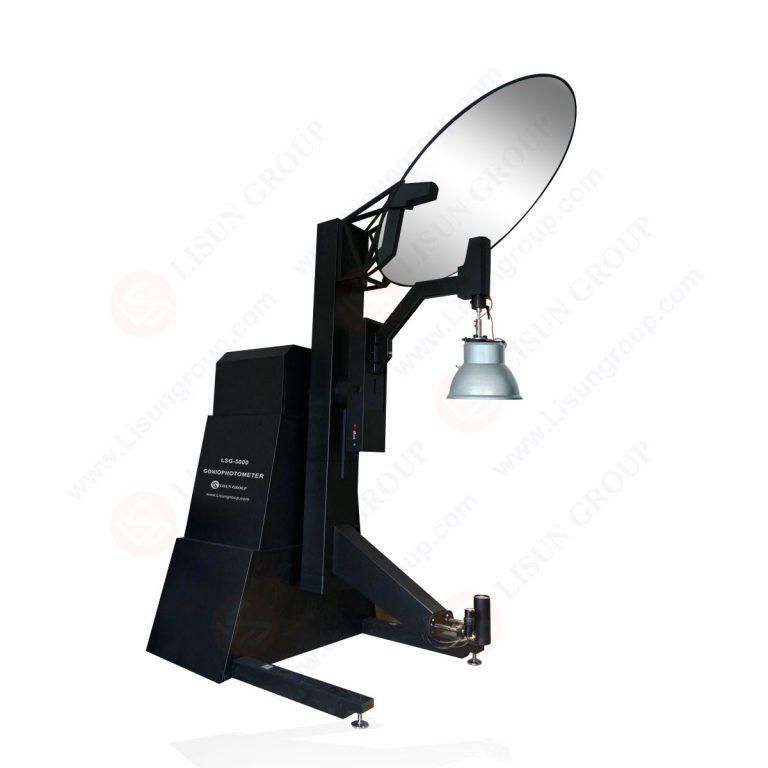With the rapid advancements in technology, we see a surge in new machinery and equipment being used to test out devices that cater to our ever-changing growing needs.
Goniophotometer and IES Testing Standards
With the rapid advancements in technology, we see a surge in new machinery and equipment being used to test out devices that cater to our ever-changing growing needs. This equipment, however, has to follow specific rules and be in accordance with some standards that help to better judge the quality and efficiency of these devices. This article will focus on one such equipment, which is Goniophotometer and analyze it in terms of the IES testing standards.
Contents
Goniophotometer 1
IES Standards. 1
Measurement Parameters. 2
Working of a Goniophotometer 2
IES Goniophotometer Testing. 2
Conclusion. 3
Goniophotometer
A goniophotometer is a photometer that measures the features of directional light distribution in lamps and luminaires. It gathers photometric measurements at several spherical places to build a web of photometric data, encircling the item under test. Gonio photometric data is given in a variety of angular coordinate systems and collected using a variety of equipment.
IES Standards
The Illuminating Engineering Society of North America, also known as IESNA, produces several standards that serve as the foundation for the operation of equipment used to test lamps and luminaires. LM-79 is the most recent testing standard that describes the type of goniometer motion. It applies to LED-based products with control electronics and heat sinks, i.e., devices that can run on either AC mains power or a DC voltage power source.
These standards are met by the goniophotometer provided by LISUN which uses the static detector and rotating light measuring concept to achieve the measurement of the light intensity distribution in all directions of the light source or light. It not only complies with IESNA but CIE and other international and domestic standards as well.
Measurement Parameters
Goniophotometers, as per the IES testing standards, measure various luminance properties such as luminance distribution curve, spatial light intensity curve, light intensity distribution, light efficiency, and total luminous flux.
Working of a Goniophotometer
A goniophotometer uses a fixed detector and revolving light approach for measurement. The measuring light is mounted on a two-dimensional rotating worktable, and the light's luminous center is aligned with the revolving worktable's rotating center using the laser sight's laser beam. The detector at the same level as the center of the revolving worktable measures the light intensity values in all directions on the horizontal plane as the light revolves around the vertical axis. The detector monitors the light intensity in all directions on the vertical plane as the light spins along the horizontal axis. The computer can calculate various luminosity characteristics and light distribution curves after acquiring the light intensity distribution data of the lights in all directions according to the measuring lights.
IES Goniophotometer Testing
The goniophotometer testing is carried out in full compliance with the IES Guidelines and Recommended Practices. The distribution of light from a bulb in a room is described in IES files. IES files is essentially a term that refers to a set of files derived from the acronym for the Illuminating Engineering Society of North America, and expresses the light output of a luminaire as luminous intensity versus angle, together with sufficient descriptive and documentary test information. Many manufacturers supply this information so that lighting designers may accurately mimic how a project will seem when a specific light source is deployed. Lighting designers use commercial lighting design packages to model the illumination performance of a lighting scheme. A luminaire's "photometric data" is frequently referred to as an IES file.













